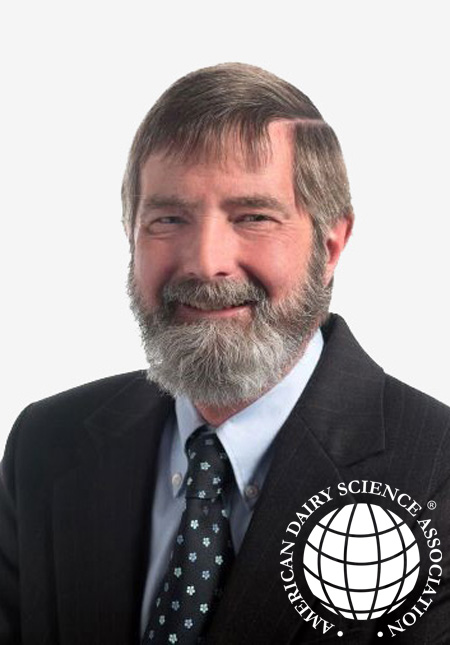
Name: Paul Kindstedt
Institution: University of Vermont
Current role with ADSA: President
How long have you been involved with ADSA, and what compelled you to join the association?
I joined ADSA in 1980 during my first year of graduate school at the urging of my master’s degree graduate mentor, Dr. Kay Nilson. From the beginning, I have always considered ADSA to be my professional home.
What do you enjoy most about being a board member?
My enjoyment as ADSA president centers on giving back to ADSA. Throughout my career, ADSA has been irreplaceable in helping me navigate to the next level in university retention, promotion, and tenure, and in my professional growth as a dairy scientist, educator, and scholar. In this final decade of my career, I have made service a priority, with the goal of investing whatever experience and intellectual capital I’ve managed to accumulate toward the long-term good of ADSA.
Why is it important for the dairy science community to participate in the association?
Scientific societies and associations like ADSA contribute essential infrastructure for the generation of new knowledge through research and its dissemination and application to solve the pressing needs of humanity. ADSA relies heavily on the service of experts, primarily from academia, government, and allied industries. Without the ongoing service of dedicated experts, our scientific associations and the broader science infrastructure risk collapse. I cannot overstate the importance of expert service to the progress of dairy science and good of humanity.
What do you think is the most important resource that ADSA provides the scientific community?
ADSA offers a career home for both dedicated dairy scientists and food and animal scientists whose fields of expertise and activity include dairy science. Scientists cannot work in isolation: we need cross-fertilization of new ideas and perspectives from our colleagues and stakeholders, which are best nurtured through personal connections made possible by venues that bring us together. ADSA is the premier provider of such venues.
What strategic initiative of ADSA are you most passionate about and why?
I embrace the entire strategic plan but am especially passionate about the initiative to connect the global dairy science community. Many of the challenges that we face in dairy science are global in scope, and we need to mobilize intellectual capacity worldwide to meet these challenges. Such mobilization ultimately comes down to nurturing personal scientist-to-scientist connections. The strategic plan will take past efforts to connect the global dairy science community to a new level in both the Production and Dairy Foods divisions.
What is one pressing challenge for the future of the dairy industry and how is ADSA addressing that through its new strategic plan?
One unavoidable question looms ahead for ADSA: Why the cow (or goat, sheep, water buffalo, etc.)? Why continue the dairy industry, with all of its alleged negatives in the areas of environmental sustainability, climate change, animal welfare, and so on, when a new generation of “dairy products” can be produced from plant components or dairy components synthesized through fermentation by genetically modified microbial cultures? Non-animal “dairy products” are already here, and their presence in the marketplace will almost certainly increase. I believe that sound dairy science from farm to fork, combined with a transdisciplinary understanding of the role of dairying in the context of human survival and sustainability over the past 10,000 years, can and must counter the growing movement to marginalize the future of dairy. We have our work cut out for us and we will need to think bigger than ever before, but we also have a vibrant and expanding portfolio of compelling science-based stories to tell. The new strategic plan aims to strengthen our communications infrastructure, which will open the door to making our case even more accessible and compelling.